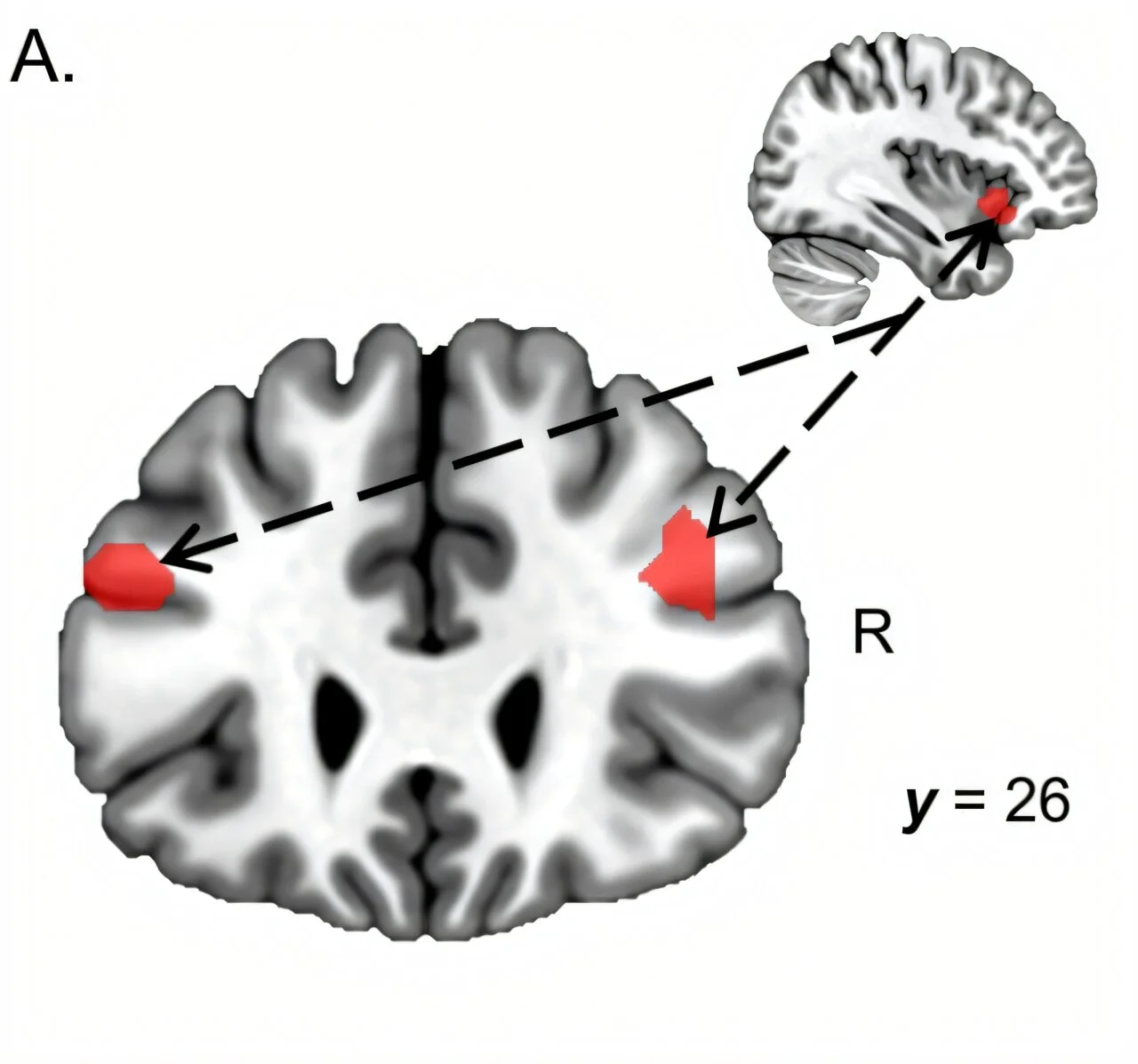We’ve all felt it—that foggy, frustrating sense of mental exhaustion where every thought feels like it’s trudging through molasses. You stare at a screen, forget why you opened a tab, reread the same sentence four times. You’re not in physical pain, but your brain feels like it’s run a marathon.
But what if this sensation of cognitive fatigue wasn’t just subjective? What if your brain is literally changing its behavior when it gets tired—and those changes could be seen, measured, and eventually, treated?
That’s exactly what researchers at Johns Hopkins University set out to discover. And with the help of high-resolution brain scans and some clever experimental design, they’ve now illuminated parts of the brain that may hold the key to understanding mental burnout.
Their findings, published June 11 in the Journal of Neuroscience, could one day help diagnose and treat the crushing fatigue experienced by people with depression, post-traumatic stress disorder (PTSD), and other mental health conditions.
Cracking the Code of Mental Effort
Unlike physical effort—lifting weights, running a race—mental effort leaves no visible trace on the body. But inside your head, it’s a different story.
“Our lab focuses on how the mind generates value for effort,” explains Dr. Vikram Chib, associate professor of biomedical engineering at Johns Hopkins and research scientist at Kennedy Krieger Institute. “We understand less about the biology of cognitive tasks, like memory and recall, than we do about physical ones—even though both require effort.”
To explore the biology of mental fatigue, Chib’s team recruited 28 healthy volunteers—18 women and 10 men, aged 21 to 29—and placed them inside an fMRI scanner while they performed demanding memory tests. The twist? Participants were told they could earn more money by choosing to take on more difficult tasks. The harder the test, the higher the potential payout.
As participants stared at sequences of flashing letters and tried to remember their positions, the researchers watched as activity in their brains changed. The further back a letter was in the sequence, the harder it was to recall—and the more mental energy it demanded.
And something fascinating began to happen.
When the Brain Decides to Give Up
As the participants became more cognitively fatigued, two specific brain regions started lighting up in tandem: the right insula and the dorsolateral prefrontal cortex.
The right insula, tucked deep inside the brain, is often associated with internal bodily awareness—like recognizing when you’re hungry, thirsty, or, in this case, mentally exhausted. The dorsolateral prefrontal cortex, meanwhile, is the executive center of the brain. It’s responsible for working memory, planning, and making decisions—especially ones that involve effort.
When participants self-reported that they were tired, these two regions didn’t just blink slightly—they showed more than double the activity compared to baseline scans taken before the tests began.
“It appears these areas of the brain are working together,” says Chib, “possibly to decide when it’s worth continuing to exert mental effort—and when it’s time to stop.”
The brain, in other words, has a kind of internal negotiation happening during fatigue. It’s measuring how tired you feel against what’s being asked of you, and what reward might be waiting at the end.
Fatigue Is a Negotiation, Not Just a Shutdown
But here’s where things get even more interesting. Chib and his team found that participants were still willing to take on challenging tasks—if the incentive was high enough. The study offered increasing payments, from $1 to $8, depending on the difficulty of the next task.
When the reward climbed, many participants powered through their fatigue.
“That outcome wasn’t entirely surprising, given our previous work finding the same need for incentives in spurring physical effort,” Chib said. “But it suggests that the brain is not merely ‘tired’ in the way a battery is drained. Instead, it’s calculating whether the reward is worth the effort.”
This insight suggests that mental exhaustion might not be a fixed limit, but a flexible system—one that can be influenced by motivation, reward, and context. And that has powerful implications.
What This Means for Mental Health and the Real World
We tend to think of cognitive fatigue as a personal weakness. “I just can’t focus,” we tell ourselves. “My brain isn’t working.” But for people with depression or PTSD, that mental fog can become suffocating—something that interferes with everyday tasks and makes even small decisions feel overwhelming.
By identifying the brain circuits involved in this fatigue response, Chib’s team hopes to build a framework that clinicians can use to better diagnose and treat these conditions.
“This study was designed to induce cognitive fatigue and see how people’s choices to exert effort change when they feel fatigue,” Chib explained. “Now that we’ve likely identified some of the neural circuits for cognitive effort in healthy people, we need to look at how fatigue manifests in the brains of people with these conditions.”
Could targeted therapies—like cognitive behavioral therapy, or even medication—strengthen those circuits or adjust how the brain processes fatigue? Could doctors eventually see fatigue on a brain scan, instead of relying solely on self-report?
It’s too early to say. But the groundwork is being laid.
The Brain’s Fatigue Circuit: Still a Mystery, But Closer Than Ever
It’s important to note that fMRI—though powerful—doesn’t directly show neurons firing. It tracks blood flow, which is a broad proxy for activity. Subtle dynamics and interactions still remain hidden. And the specific tasks used in this study—short-term memory exercises under strict lab conditions—don’t perfectly mirror the messy demands of real life.
Still, the implications are thrilling.
“We now have a way to measure how the brain reacts when it’s tired,” Chib says. “And that opens doors to understanding not just fatigue, but motivation, decision-making, and the biology of human willpower.”
Imagine a future where your doctor can distinguish between clinical cognitive fatigue and normal tiredness—not just by what you say, but by what your brain shows. A future where treatments are tailored not just to your symptoms, but to the circuits firing deep in your mind.
Tired Minds, Not Weak Minds
For anyone who’s ever felt mentally spent after a long day of thinking, planning, learning, or just trying—this study is a kind of validation. You’re not lazy. Your brain is doing hard, complex calculations beneath your awareness. It’s weighing effort against reward. It’s protecting you from burnout.
And sometimes, it’s just asking for a break.
Thanks to science, we’re finally learning to listen.
Reference: Grace Steward et al, The Neurobiology of Cognitive Fatigue and Its Influence on Effort-Based Choice, The Journal of Neuroscience (2025). DOI: 10.1523/JNEUROSCI.1612-24.2025






